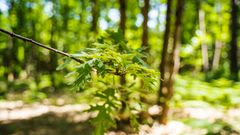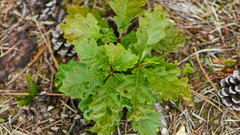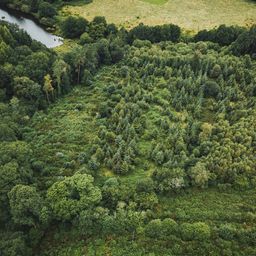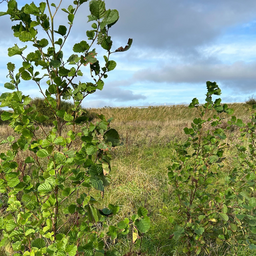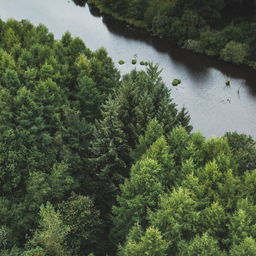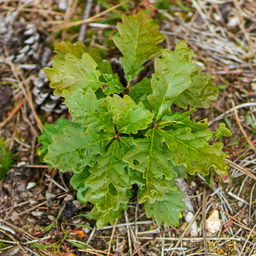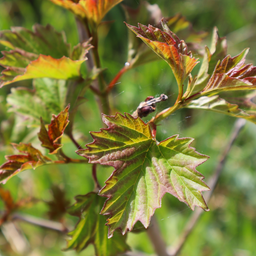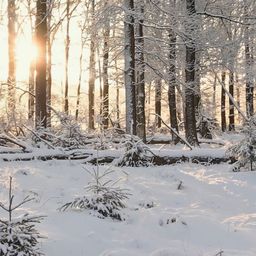May 23, 2025
Why do we regenerate forests - isn’t natural regeneration the better option?
Natural forest regeneration supports ecosystems, but active restoration is crucial to combat degradation, boost biodiversity, and meet climate goals.

There is no substitute for the natural regeneration of forests. Nature's inherent process of recovery promotes ecological balance and resilience in ways that human intervention cannot replicate. The first priority should be to protect it and allow it to thrive. However, natural regeneration is no longer enough in many areas today.
There is no substitute for the natural regeneration of forests. Nature's inherent process of recovery promotes ecological balance and resilience in ways that human intervention cannot replicate. The first priority should be to protect and allow the forest to thrive. However, natural regeneration is no longer enough in many areas today.
According to recent Landsat satellite-based analyses, close to 400 million hectares of forest, an area nearly half the size of the whole of Europe, have been disturbed globally over the past two decades through deforestation, droughts, and wildfires, making it harder for ecosystems to regenerate on their own. Climate change has further intensified this challenge by creating warmer and more unpredictable conditions that disrupt natural growth cycles severely.
In Europe, at least 259,000 km² of protected habitats urgently need restoration, an area roughly equivalent to half of Spain’s landmass. This highlights the urgent need for coordinated ecological recovery efforts.
Additionally, an estimated 20% of the Earth’s land surface is now considered degraded, leading to serious ecological and economic consequences, including biodiversity loss and reduced soil fertility. In comparison, it contributes to 22% of global carbon emissions (IPCC, 2019). These degraded landscapes often lack the necessary seed sources or soil quality for forests to regenerate naturally.
This is where active forest regeneration becomes essential, including reforestation and afforestation. It allows us to:
- Foster ecosystems' resilience by quickly restoring tree cover in critical areas, helping ecosystems adapt to increasingly frequent extreme weather events caused by climate change.
- Boost biodiversity by planting a mix of native or climate-resilient species, supporting diverse habitats and strengthening ecosystem stability.
- Support climate goals through improved carbon sequestration, helping mitigate climate change's impacts.
- Prevent further degradation, which would be even costlier to reverse later, ensuring ecosystems remain healthy and functional for future generations.
While we always favour natural regeneration when conditions allow, active regeneration is often the only viable path to restoring forests where nature can no longer recover on its own.


